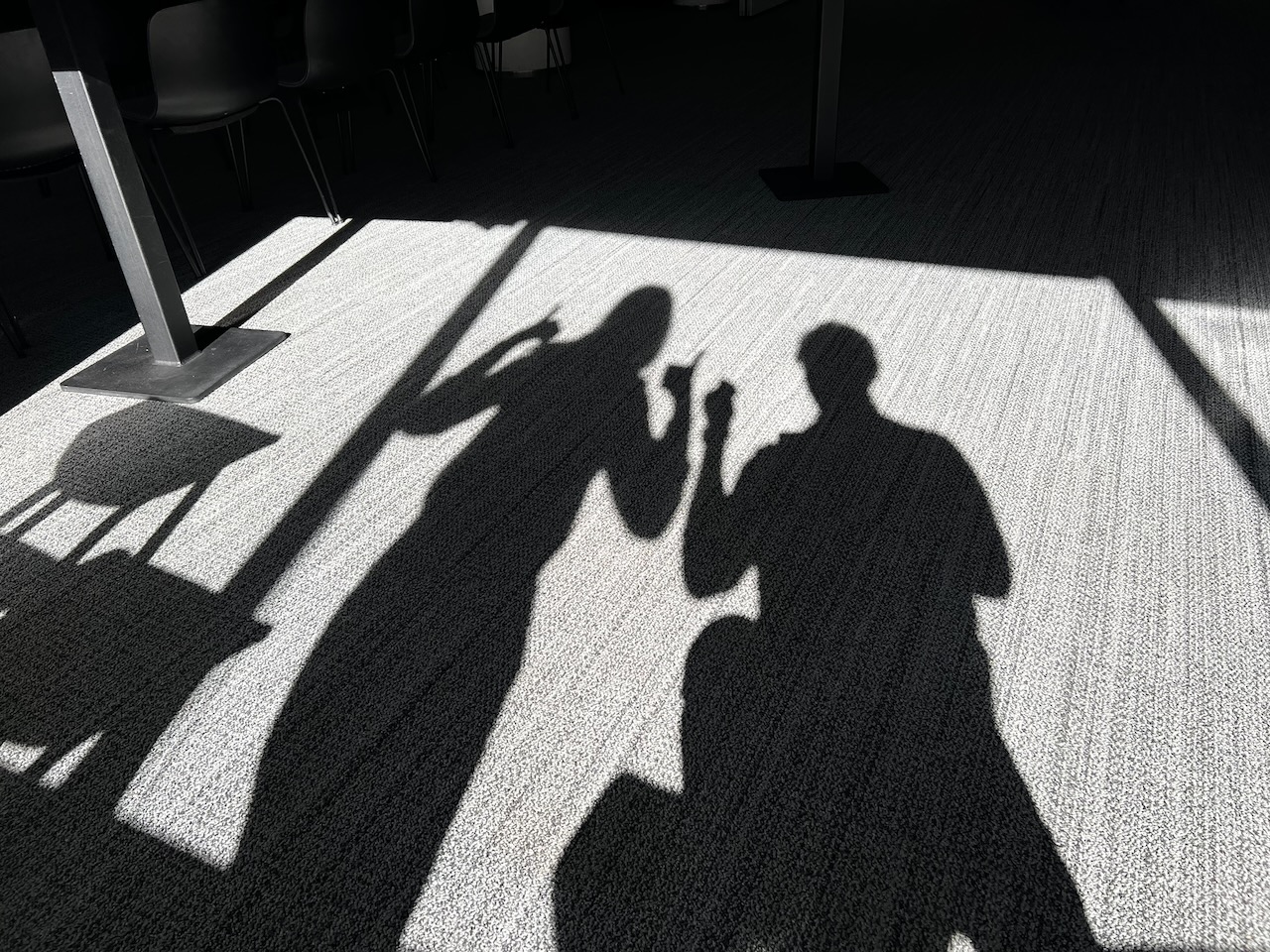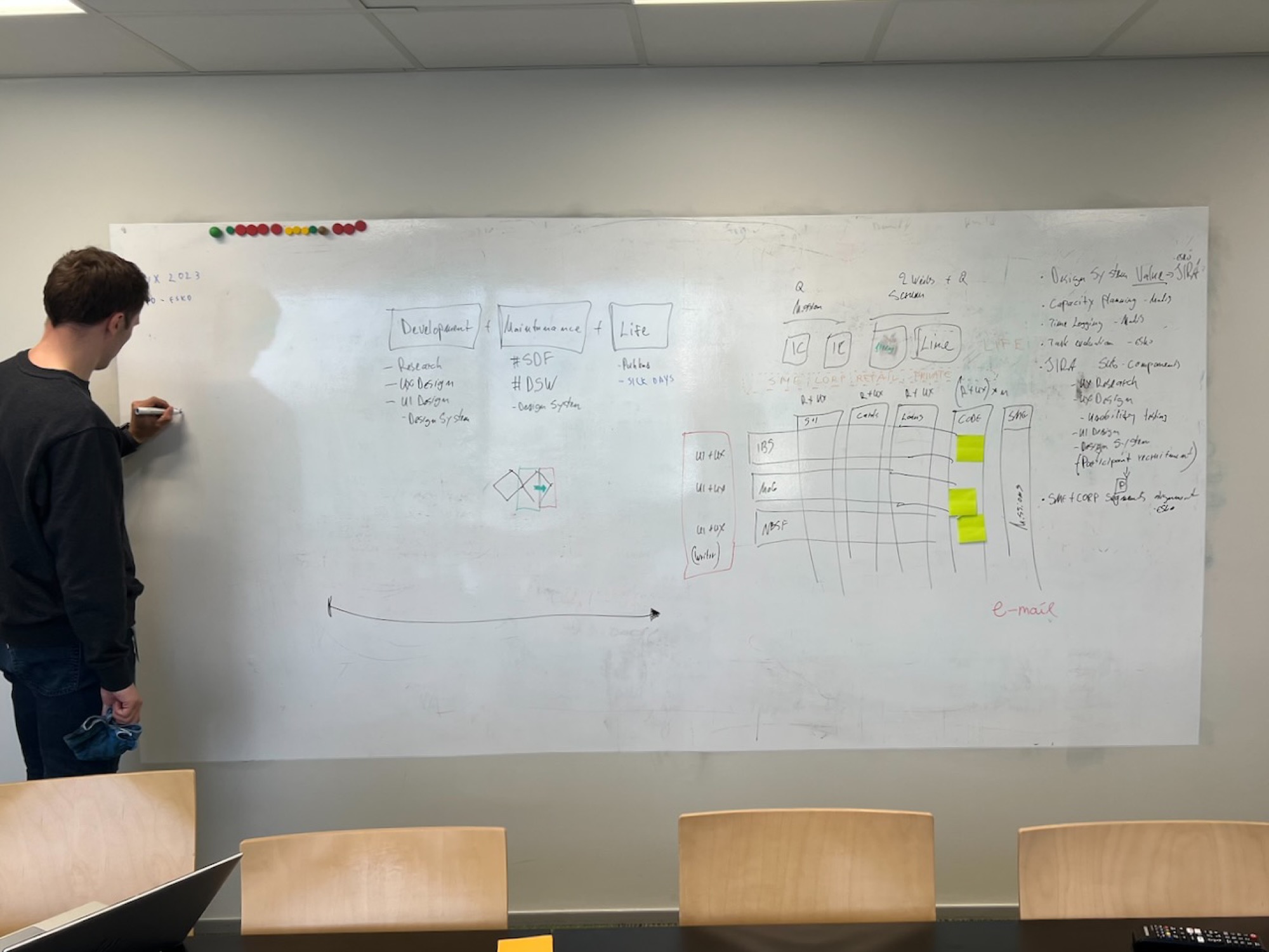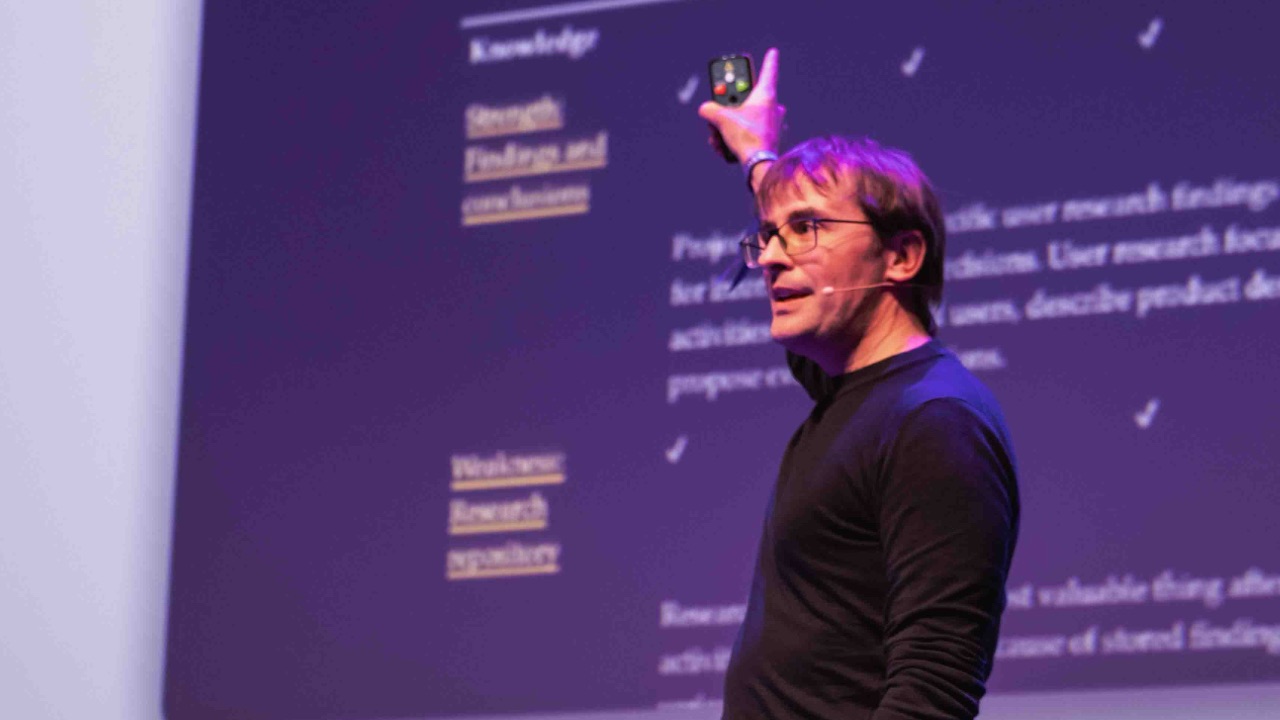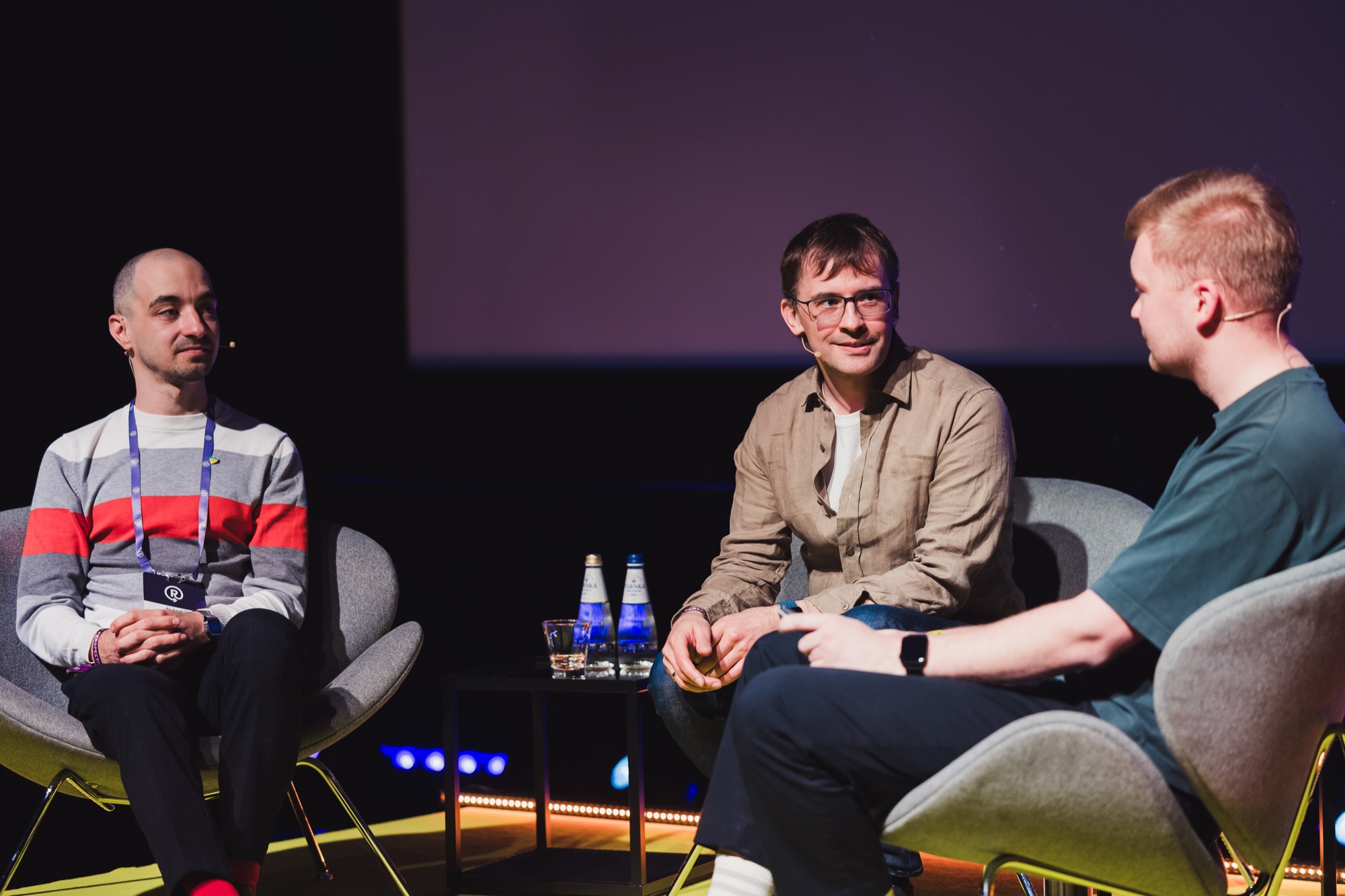I’d been thinking about our design team’s allocation strategy for months, but this was the first time I had to explain it to someone without my context. The shadow asked how we prioritize work, and I grabbed a marker. By the end of the day, we had a rough diagram with a matrix-like graph showing how we balance team capacity across the organization. That sketch, with minor tweaks to colors and details, became the artifact we now use. We used to have 2-5 resource conflicts per quarter – now we have zero.
Why I keep my calendar open
I’ve made myself replaceable in every role.
It’s a strategy. By sharing my thinking, approaches, and daily work openly, I create space to take on new challenges while ensuring the organization doesn’t become dependent on me as a bottleneck. Thanks to this approach, other teams have taken over many tasks that only the UX team was doing — forming project descriptions based on our design briefs, making detailed project plans with dependencies in JIRA. These used to be major parts of my daily work; now they’re winding down. When colleagues and students shadow me, they see the connections between design and leadership firsthand. They carry that understanding back to their teams, widening organizational capacity and pushing us toward our vision of being a customer-centric product organization.
This keeps me growing while the organization scales. But beyond strategy, this is something deeper.
We have experiences and work stories that have shaped us, and these are invaluable to others who are navigating similar challenges or evaluating their next career steps. By opening our calendars to shadows, we give back to the community and develop the next generation of leaders. When I’ve shadowed others, my own feelings were normalized—I saw that being confused was part of the job, and the only way to cope was by catching the emotion and acting on it. The insights we share do the same for our shadows: they realize their dilemmas are universal, not personal failures.
How I structure the shadowing day
A few days prior to the shadowing day, I send out an email to set expectations and establish control. Below is the exact email I send to each shadow:
Hei-hei!
We will meet in the design area next Wednesday. That time is yours—feel free to ask me about anything you find interesting and guide me to show you those things. If there’s something I am unaware of or cannot discuss, I will clearly let you know, but such cases will be rare. The key is to focus on your interests and guide the conversation toward topics that matter to you. You are in control.
- I share how my career has developed.
- I give you an overview of how the UX team was formed, how we work now, and our future plans.
- I talk about my responsibilities and leadership directions in design.
- I definitely cover design, the team, processes, business, and the value that design brings.
Esko
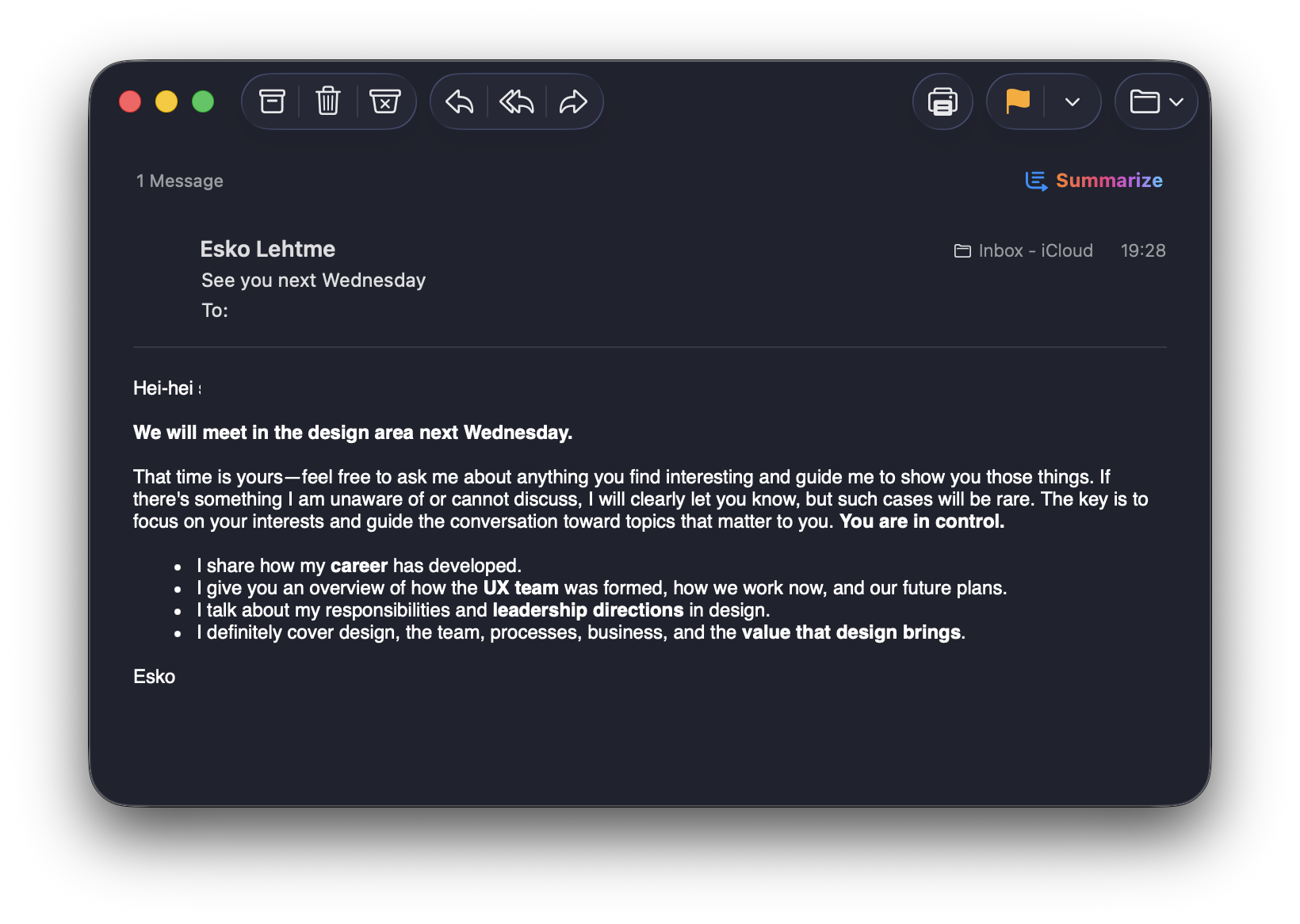
The key line: “You are in control.” This isn’t corporate theater with sanitized talking points. I open all my cards — the underlying currents, plans, and future developments. The four-point structure is a safety net so shadows know they’ll get real value even if they freeze up, but the actual flow follows their curiosity. The first hours are always observation—I show them my calendar, explain what will happen, and during the meetings, they start feeling what my work actually entails. Even if they’ve prepared questions, those questions change. As we go through the day and I explain my points on the whiteboard, they start interacting and asking questions naturally.
More than four
During the day, I make everything visible — and I need the full day to do it right.
Four hours isn’t enough to see the rhythm of leadership work:
- strategic thinking in morning meetings
- tactical problem-solving in afternoon sessions
- informal conversations that move decisions forward.
Being a leader takes stamina — I need to know where to be in full mode and where I can observe and rejuvenate. I review my calendar the day before and see how the following day will proceed. In case of fewer meetings, I plan my day for either creation or quick catch-up meetings with others. This is invisible to most people, but shadows see it unfold. I introduce shadows in every meeting:
Hi, today I am shadowed by [name] from [department/school, position]!
If they’re a colleague, I add:
They can hear everything we need to talk about. In case of sensitive topics, please state this so they know to keep it confidential.
I also involve shadows in discussions during meetings to hear their observations and let them ask questions.
I use the whiteboard constantly—it’s my primary medium for thinking out loud. By the end of the day, it’s covered with explanations, graphs, and notes. Shadows usually snap a photo, and so do I if something new emerges (there usually is). I can’t assume understanding, so I consider how to show where we are, what the implications are, and how to move forward. This forces me to strip away jargon and express complex strategies in plain language. Often, this is when half-formed ideas crystallize for the first time—like that allocation sketch—because I finally have to make them comprehensible to someone without my context.
A full day gives me enough material for the coaching conversation I plan for the end.
Want to implement this yourself?
I’ve packaged everything into a free 7-day email course with templates, scripts, and frameworks:
✓ The exact email template to send ✓ Meeting introduction scripts ✓ Whiteboard thinking techniques ✓ The coaching framework (GROW model) ✓ Your action plan to get started
One short email per day. By Day 7, you’ll be ready to host your first shadow.
Join the free course →The last hour for action
We review everything covered—all the topics, questions, and revelations from the day. Then I shift the focus back to the shadow: “What was useful for you today?” This question, borrowed from Michael Bungay Stanier’s The Coaching Habit1, opens the reflection. From there, I guide the conversation using the GROW model2—helping them clarify their Goal, understand their current Reality, explore Options, and commit to What they’ll do next.
The shadow has seen the reality of my work, so we can redefine their goals and match them with opportunities. Sometimes it’s about attaining a UX certificate. Sometimes it’s redefining career aspirations or gaining clarity on which design domain to pursue. I’m biased toward action and continuous learning, so I push toward specific next steps. What happens next is in their hands, but I make sure they leave with a plan.
What I gain from hosting
Shadows reveal my blind spots in ways that regular feedback never does.
During shadowing sessions, I’ve discovered critical gaps in how we onboard designers to product teams. Because of unclear responsibilities and processes, we kept wasting weeks of valuable time—either because the designer didn’t have a clear understanding of the project or was being kicked around while seeking detailed information. Everyone was highly motivated but lacked the skills and guidance to work effectively together. These aren’t insights I would have surfaced through standard retrospectives or surveys. Shadows ask naive questions that expose assumptions I didn’t know I was making. They question things that seem obvious to me but are actually hidden dependencies or unspoken norms.
What I gain from shadowing
I’ve also been a shadow three times this year, and I’ll continue. Observing top management handle critical issues showed me how detailed some discussions need to be and how carefully others track tasks and delegations. I learned how one seemingly simple measurement can guide major initiatives. The value of customer interactions, for example, is usually measured by the potentially generated revenue. If that value is low, we’re wasting human potential and losing business value. By automating some interactions, we can cut human interaction costs and free people for value-generating work instead.
You should host shadows—and you should shadow others.
Why not?
I know you’re thinking:
“My work isn’t interesting.”
“What if I look incompetent?”
“I don’t have time for this.”
That’s imposter syndrome, and it’s exactly why you should host a shadow. Yes, this will take time—you’ll have all your meetings, but no time for emails. On the other hand, you’ll have a neutral conversation partner with whom to test new ideas, presentations, and practice communication. And you’ll learn something new yourself. This is an investment. We have experiences and work stories that have shaped us—these are invaluable to others, even if they feel ordinary to us. The shadow who spent a day with me learning about allocation strategies didn’t care that I hadn’t touched a design tool in four years. They needed to see how a design leader thinks, makes decisions, and navigates organizational complexity. You have similar insights that someone desperately needs to see, whether you recognize their value or not.
The next generation of leaders needs what you know.
Act now
Start by communicating to colleagues and students that you are approachable for shadowing.
People need encouragement and to be informed that you are available. Send the message. Make your thinking visible. Let someone photograph your whiteboard. You’ll clarify your own strategies, spot problems you didn’t know existed, and give someone insights that might reshape their career. Then go shadow someone else—a peer, a leader in another department, someone whose work seems mysterious to you. You’ll return with fresh perspectives and a reminder that transparency builds organizational capacity faster than hoarding knowledge ever could.
The community needs what you know, and you need what they see.
Michael Bungay Stanier. “The Coaching Habit | Say Less, Ask More, Lead Better.” https://www.mbs.works/coaching-habit-book/. ↩︎
Wikipedia. “GROW model.” https://en.wikipedia.org/wiki/GROW_model ↩︎
